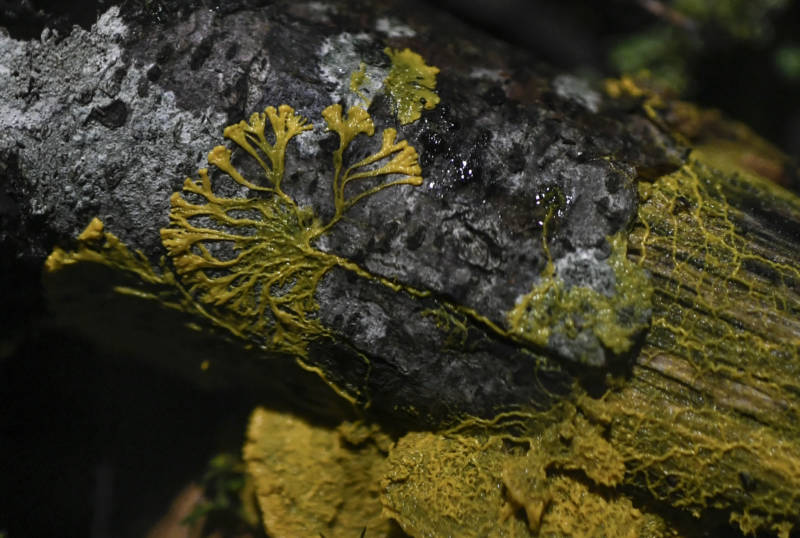A brainless, bright-yellow organism that can solve mazes and heal itself is making its debut at a Paris zoo this weekend.
At least so far, “the blob” is more benevolent than the ravenous star of its 1950s sci-fi film classic namesake.
Time-lapsed videos of the blob show a slimy organism rapidly multiplying in size. How fast exactly? The blob can sprint about four centimeters per hour, according to the Paris Zoological Park
The blob is neither animal, nor plant. And although Physarum polycephalum — Latin for “many-headed slime” — is classified as a type of slime mold, scientists now consider the creature unrelated to fungi.
This species has been around for as many as 1 billion years, but its mysterious nature has attracted new fame thanks to the unveiling on Saturday of an exhibit dedicated to the single-cell organism at the Paris zoo.

